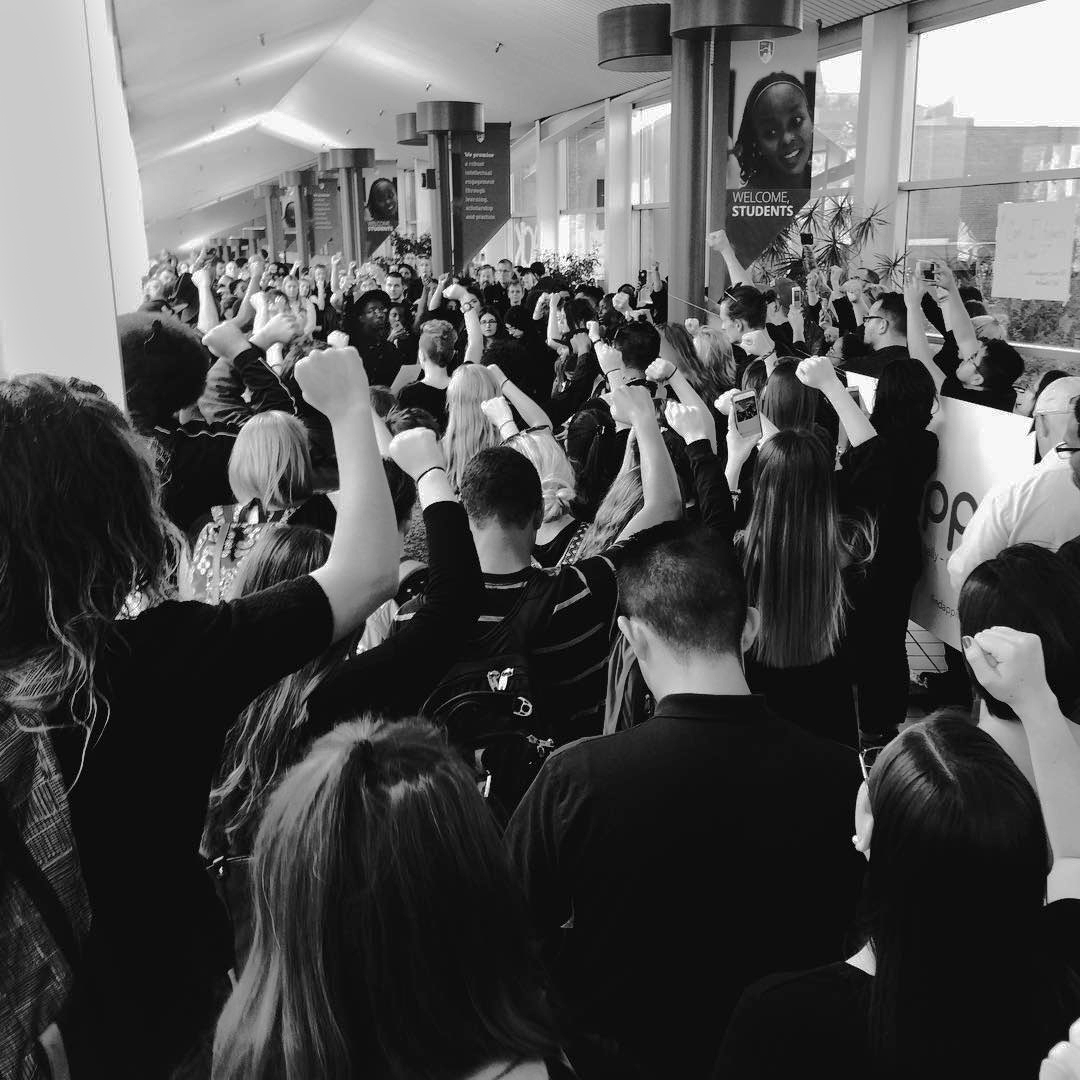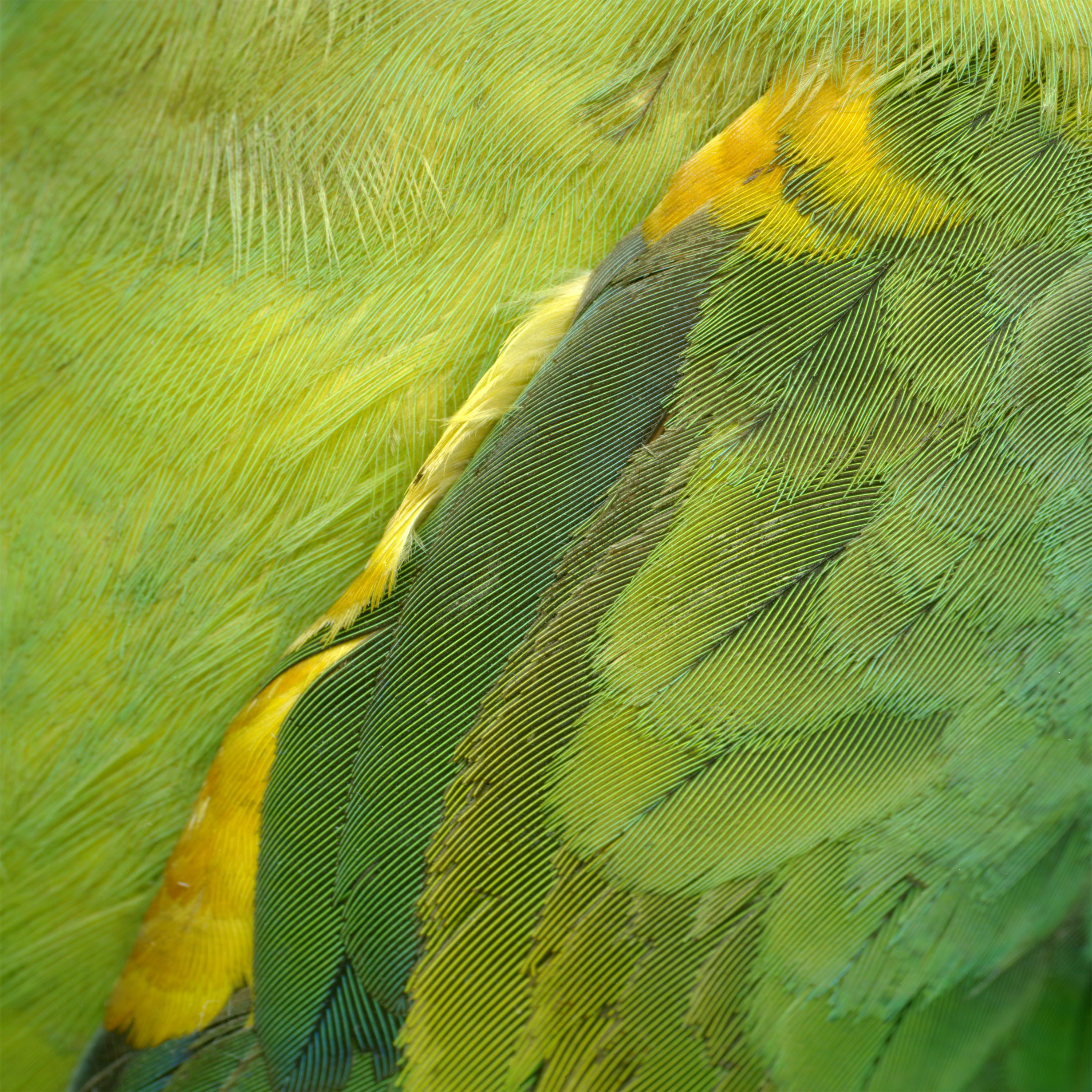Exhibits (4 total)
Woodstock West: "Build, Not Burn"
In May 1970, University of Denver (DU) students banded together to express dismay and frustration about the May 4 Kent State University shootings, and more broadly about the Vietnam War, imperialism, and the current American political establishment. Over the course of a week, May 5 – 13, students constructed what came to be known as “Woodstock West,” an encampment of tents and shanties housing 1,500 students on the site of what is now the Anderson Academic Commons.
This exhibit reenacts the day-to-day events including student protests, police and National Guard intervention, and the students’ desire to “Build, Not Burn,” the slogan that would become a rallying cry for the encampment. It also reflects on the significance of student activism and its impact on campus policies and practices.
After visiting the exhibit, please complete this feedback form for a 1-minute survey. Collected information helps us improve and engage our exhibits with different audiences.
DU Know About Earth Day?
The University of Denver (DU) has participated in Earth Day since its inception on April 22, 1970. This year, 2020, marks the 50th anniversary of Earth Day, which gave a voice to an emerging public consciousness about the state of our planet.
All items featured were gathered from the University Libraries Special Collections and its government documents holdings. For more information about the history of Earth Day, visit www.earthday.org or the DU Libraries Research Help Center.
Join the DU Center for Sustainability in Virtual Earth Week 2020! They have a great line up of ways to appreciate our planet from our homes, wherever that may be! Check out the schedule for the week on their Facebook event page. Also. read DU newsroom's "How to Celebrate Earth Day During a Pandemic" for how DU community is coming together to celebrate our plant during the pandemic.
After visiting the exhibit, please complete this feedback form for a 1-minute survey. Collected information helps us improve and engage our exhibits with different audiences.
#RESIST - Student Activism @ DU
Student activism on American college campuses, including the University of Denver (DU), rose significantly with the onset of the women’s movement, civil rights movement, the Vietnam War, and related social movements. In the past decade, both on the DU campus and beyond, social media has played a major role in activist movements, providing activists with a platform to highlight injustice, build community, and rally people to their cause. Where relevant, hashtags for protest actions are included in image captions.
This exhibit features images from the University of Denver Archives, as well as images provided by student activists on the DU campus for recent protest actions. The exhibit is necessarily limited to protest actions documented in the Archives or by student activists and available to the exhibit curators.
The exhibit curators are grateful to the students and student groups whose work - in so many respects - contributed to this exhibit. We see you. We appreciate you. Thank you.
After visiting the exhibit, please complete this feedback form for a 1-minute survey. Collected information helps us improve and engage our exhibits with different audiences.
HYLAEA: A Video, Print & Rare Book Installation
HYLAEA was an interactive site-specific installation created by artist Tim Weaver for the library at the University of Denver. Weaver, an associate professor and director of the Emergent Digital Practices program in the School of Art and Art History, combined images, objects, sounds, and videos to reanimate extinct species to awaken memories of lost life forms. This exhibition was on display at University Libraries (formerly Penrose Library) from October 14, 2010 through February 14, 2011.
The exhibit’s intent is to bring together separate artifacts of lost ecological memory. These artifacts are the deep colors and textures of extinct birds, sonic translations of the DNA and proteins of missing species, and books containing the published records of North America’s breathtaking wildlife. These sounds and images of lost habitats create an immersive sensory experience for the audience. Mining the University Libraries' Special Collections and Archives and the extinct species cabinets at the Denver Museum of Nature and Science, Weaver's exploration of artifacts and lost ecological memory brings records of human-induced extinctions to life.
After visiting the exhibit, please complete this feedback form for a 1-minute survey. Collected information helps us improve and engage our exhibits with different audiences.



